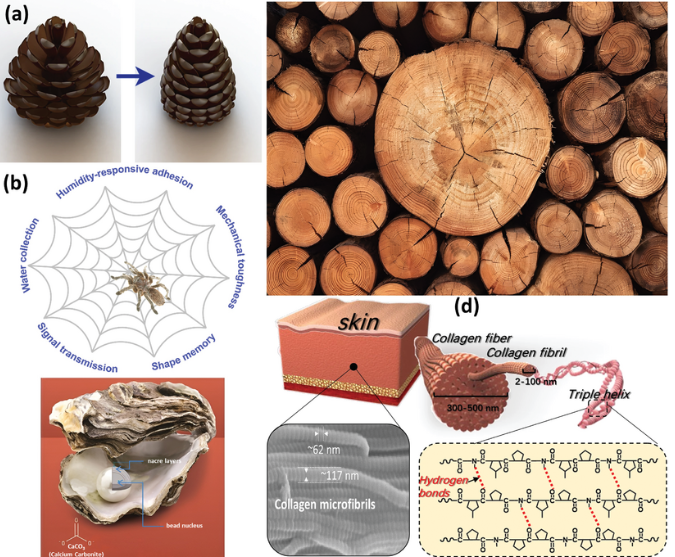All about SLS
- garry9907
- Apr 20, 2023
- 2 min read

Selective laser sintering (SLS) is a cutting-edge method for 3D printing that has revolutionized product development in various industries. Using a laser to fuse powdered materials together into a solid object, SLS prototyping offers several advantages over other prototyping methods, making it a popular choice among businesses looking to innovate quickly and cost-effectively.
So what makes SLS printing so powerful? Let's take a closer look.
First, SLS provides unparalleled design freedom, allowing businesses to create complex and intricate designs that would be difficult or impossible to produce using traditional manufacturing methods. This opens up new possibilities for product development and can help businesses stay ahead of their competitors.
In addition to design freedom, SLS prototyping is also a fast and efficient process, allowing for quick turnaround times on product development projects. This speed can be especially valuable for businesses looking to bring new products to market quickly or respond to changes in consumer demand.
Another key advantage of SLS printing is its material flexibility. SLS can work with a variety of materials, including plastics, metals, and ceramics, which means businesses can choose the best material for their specific product needs.
Moreover, SLS printing can be cost-effective for small-batch production runs, allowing businesses to produce smaller quantities of parts without incurring mould or high manufacturing costs. This can be especially valuable for businesses looking to test and validate product designs before committing to larger-scale production runs.
Speaking of testing and validation, SLS printing is also ideal for this purpose. By creating a prototype using SLS, businesses can test and validate their product designs before committing to large-scale production runs, which can save time, money, and resources in the long run.
Finally, SLS printing has a wide range of applications across various industries, including aerospace, automotive, medical, and consumer goods. It can be used to print complex parts and components, such as turbine blades, connectors, engine casings, surgical tools, and consumer electronics.
In conclusion, SLS printing is a powerful tool for product development, offering design freedom, quick turnaround, material flexibility, cost-effectiveness, and testing and validation capabilities. With its wide range of applications and benefits, SLS is a go-to choice for businesses looking to innovate and bring new products to market quickly and efficiently.




Comments